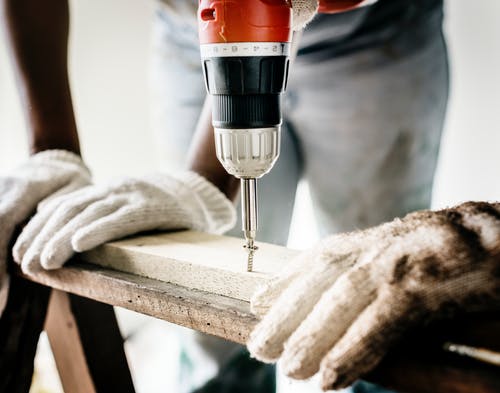Natural disasters like flooding and hurricanes are the most obvious and most likely sources of damage to your home. The extinguishing of a fire, leaking pipes, damaged heating and washing machines as well as roofing and siding that are leaking, and gutters that are not functioning properly can damage the water in your house and even seep into the basement.
Why does water destruction worry people?
A leaky roof, a flood-prone basement, a pipe burst, and a backed-up sewer system are typical sources of serious water damage. It is only dangerous if you fail to avoid water damage after the warning signs start to show.
Four most common causes of water damage in homes:
- Broken flexible hoses
- Water-damaging appliances
- Gutter blockage
- Obstructed drains.
What are the risks caused by water damage?
You should be especially concerned if your home is submerged. Damage from water, without a doubt, could pose grave health hazards.
Mold Growth
It is the most common cause of water-related damage. It is a cause of various health issues that include allergies, respiratory issues, and even neurological problems in some people. Even if the cause of the water is clear, such as rainwater, the growth of microorganisms could still trigger allergies in people with weak immune systems.
It is not advisable to consider mold growth as a joke. If you suspect that growth is occurring or that the water has remained stagnant for longer than 24 hours, it is time to call an emergency water repair service here.
Structure Damage
Water and standing water may result in structural damage to the house over time. The foundation’s weak point or decking timbers can put your entire home at risk.
Pest Infestations
Cockroaches, termites, ants, and other insects prefer to make their nests in damp, cool, and dark areas. The moisture feeds termites and can cause more damage and expensive repairs. It will damage the structural integrity of your home. Secure your home and remove any chance of a flooded basement or cracked foundation to prevent insect infestation.
Aesthetic Damage
Although it may not cause damage to your house, water damage can be ugly and decrease the value of your home. Coloration, paint damage, and buckling of timbers were evident before the arrival of the building inspector. If the source of the water damage is not fixed, the problems will only worsen and eventually become unsightly.
Three different types of floodwater:
Knowing the different types of flood waters and planning your response is crucial.
Clean Water
It’s a sanitary source that is most likely your home’s pipes. It’s completely new and unopened because it has yet to be utilized. This water poses no harm to humans.
Greywater
It originates from the outside of your home. It’s made up of groundwater that’s gotten into your basement, as well as by your appliances. Greywater can make people sick if they are exposed to it or drink it.
Blackwater
It is from unsanitary sources and may contain the waste of animals and humans. Because of the flooding in rivers and lakes, as well as sewage-contaminated waters, this water is poisonous.
If there is blackwater present If blackwater is present, stop. Since water can be dangerous to breathe in and even touch the area, call a disaster cleanup company that can restore water damage. Items that are contaminated by blackwater should be disposed of and professionally cleaned. Only a restoration firm can inform you whether you can salvage the objects that have been contaminated.
Conclusion
The damage caused by water to your home can cause serious damage to your home. You should respond quickly and fully. In estimating the costs of repair work for water damage, a variety of aspects should be considered, such as the kind of water used and the amount damaged, the stringency of the damage, the amount of time that the water was present, and the development of mold. A professional restoration service will consider all relevant elements and give no-cost estimates to restore your property to its pre-loss condition.

